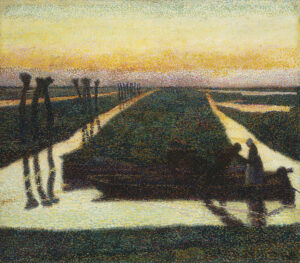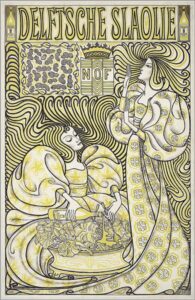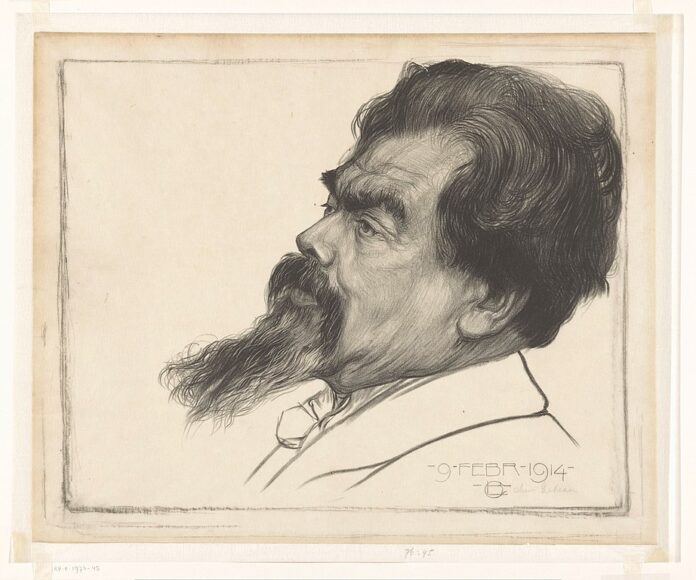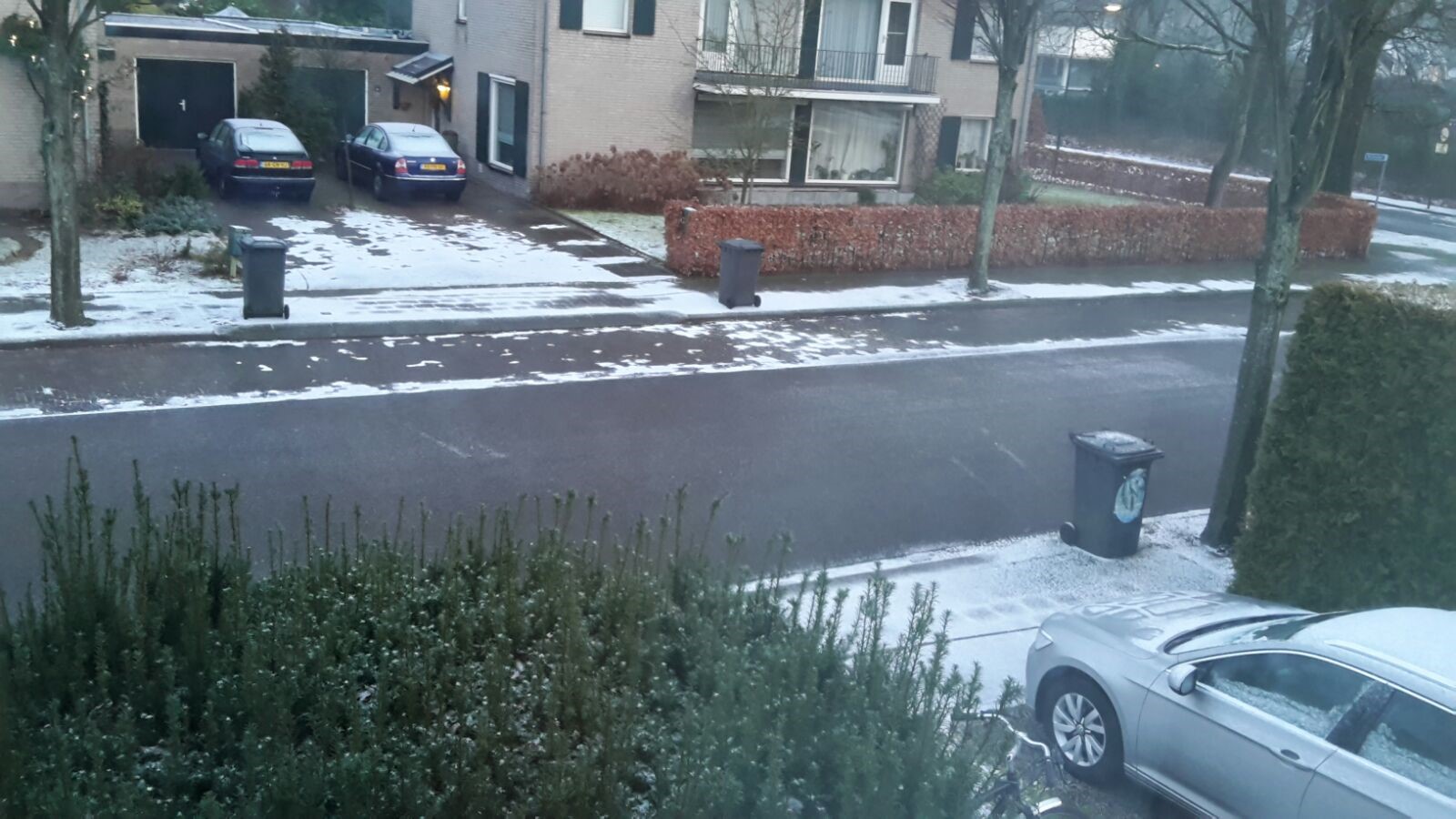The Van Abbemuseum and the Eindhoven Museum together bought two drawings by Jan Toorop, an important Dutch artist who lived a century ago. The drawings depict female factory workers and add to the story of Eindhoven’s industrial history. The joint purchase is a first.
The drawings were made in 1918 and lend insight into Eindhoven’s industrial history. The workers were employed by the Eindhoven cigar factory Mignot & De Block. At the time, this firm was one of the biggest players in the city’s flourishing cigar industry, and had a relatively large female workforce.
Biggest employer
“Eindhoven is very important city when it comes to technology and industrial production. One of those industries was cigars. At the end of the 19th century the city was sometimes referred to as La ville fumée (the smoked city). There were over fifteen cigar factories in Eindhoven, some very big. “Mignot & De Block had a prominent role in the industrial development in the 19th century. For some time, they were even the biggest employer in the city. The growth of the city was always thanks to workers”, Klaartje Groot of the Eindhoven Museum explains.
Cooperation
The Van Abbemuseum and Eindhoven Museum regard the purchase as a first step on the path to increased cooperation. The two organisations are currently deciding where Toorop’s drawings will be exhibited first.

Dutch-Indonesian JanToorop was an influential and versatile artist. Together with Van Gogh and Mondriaan he belongs to the most important Dutch painters of his time. Besides his work as a painter, Toorop also designed illustrations, book covers, ceramics and advertising posters. In 1894 he made a lithograph to advertise Delftsche Slaolie (Delft kitchen oil), a strong expression of the Jugendstil or Art Nouveau. Because this poster became very well known, Art Nouveau was sometimes called ‘kitchen oil style’ by some. Much of his work is to be seen in The Kröller Muller Museum.

Source: Studio040, Wikipedia
Translated and edited by Greta
















